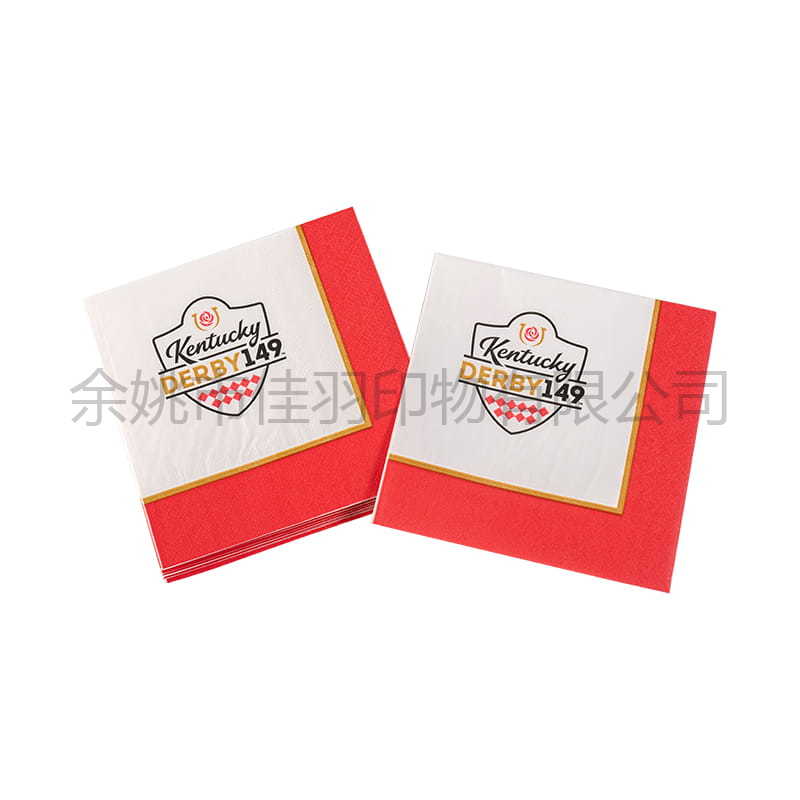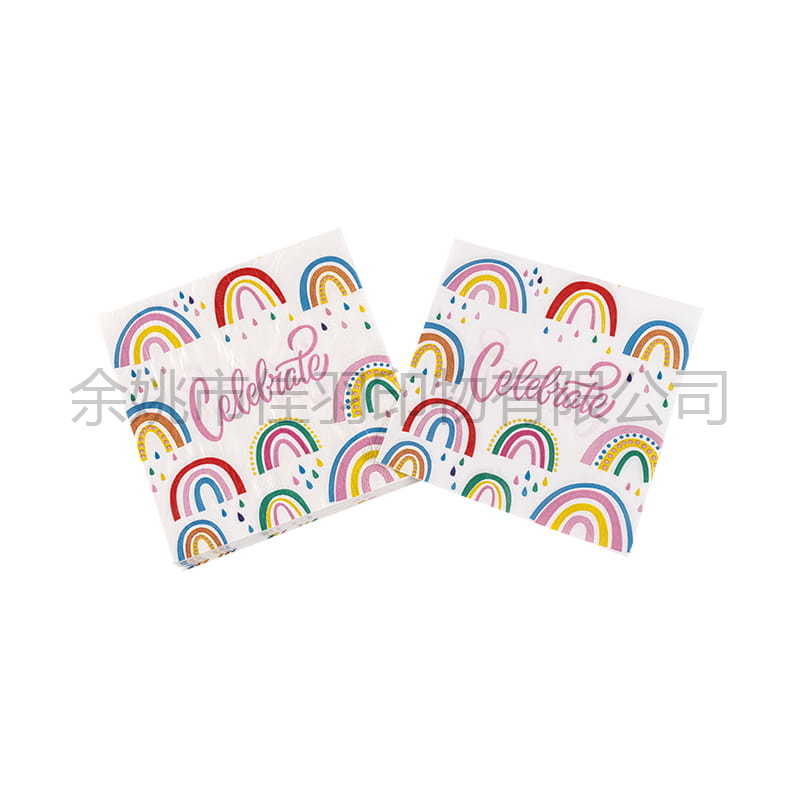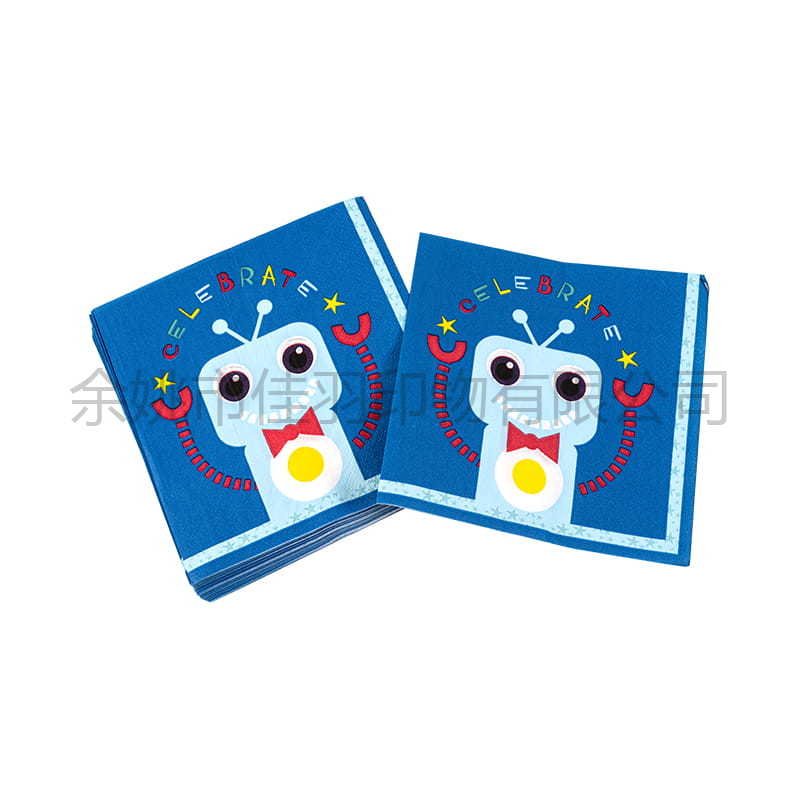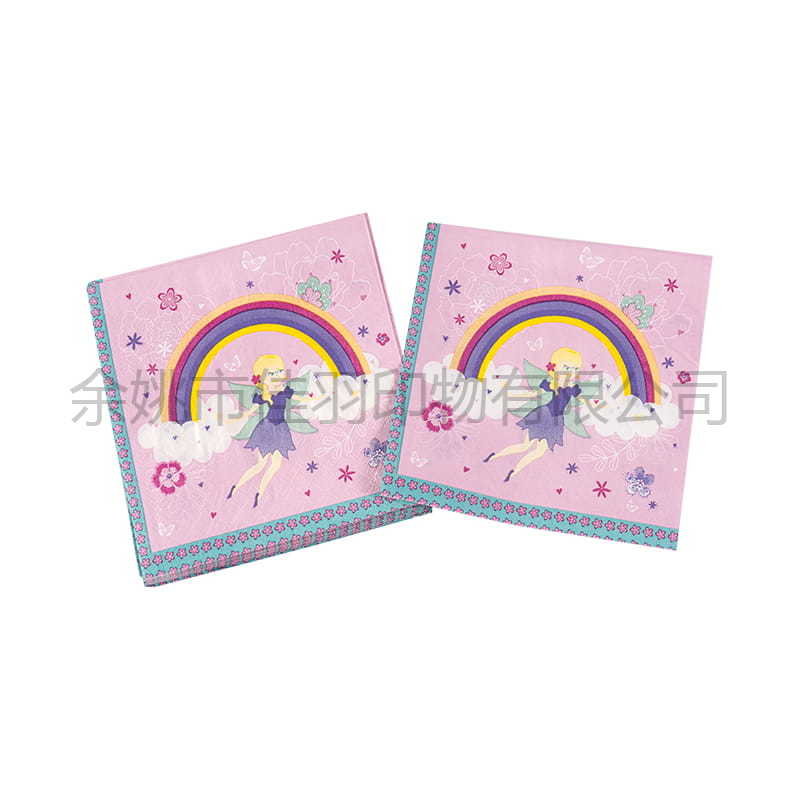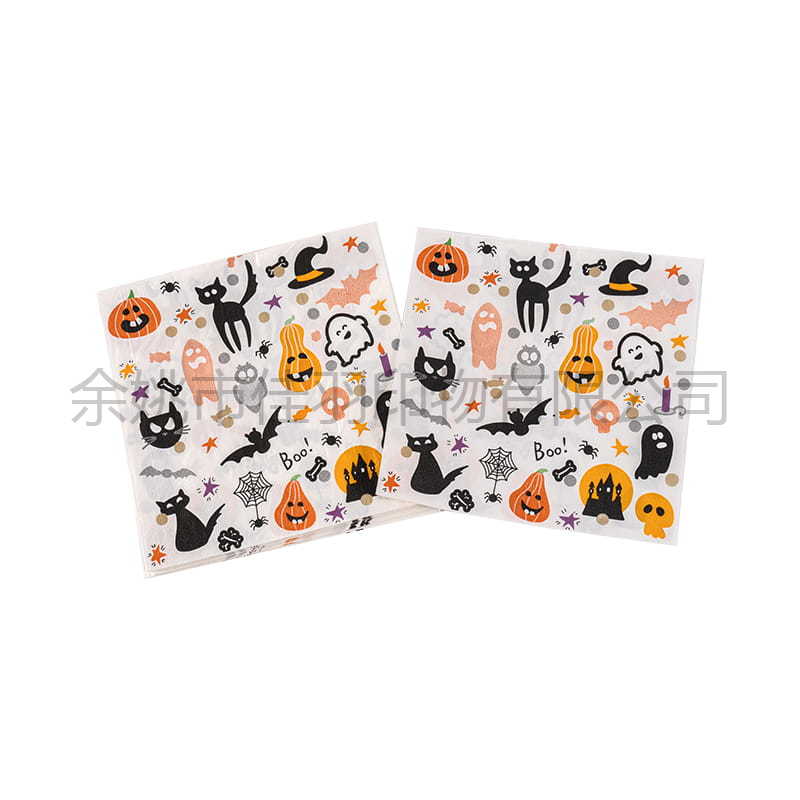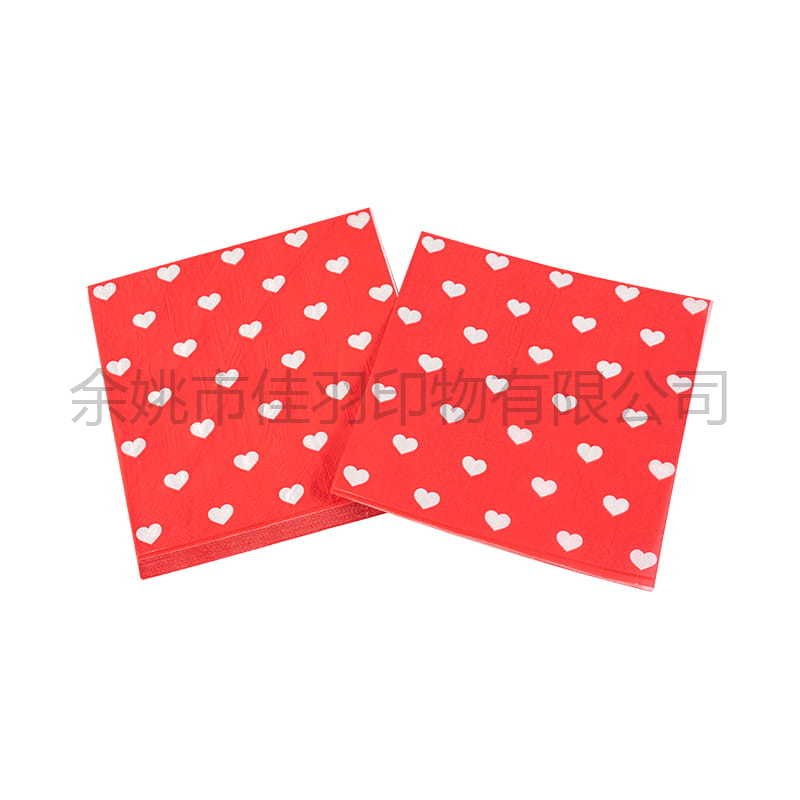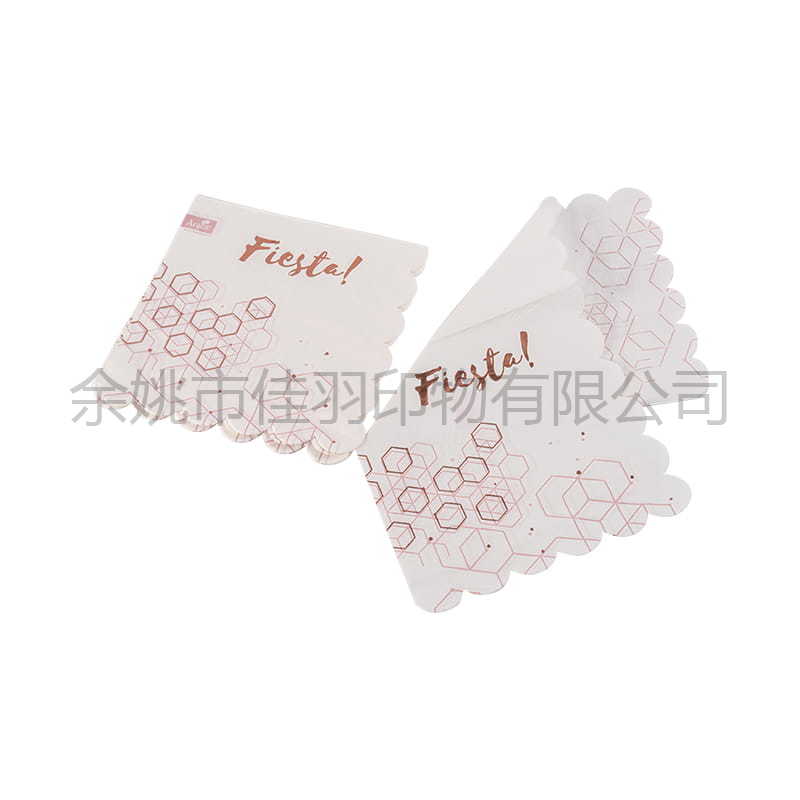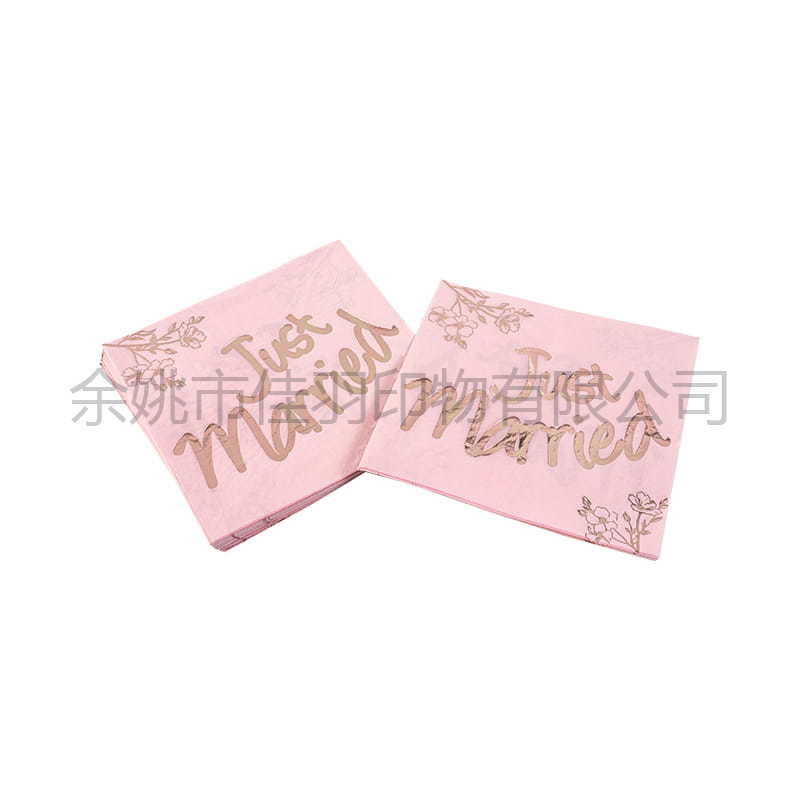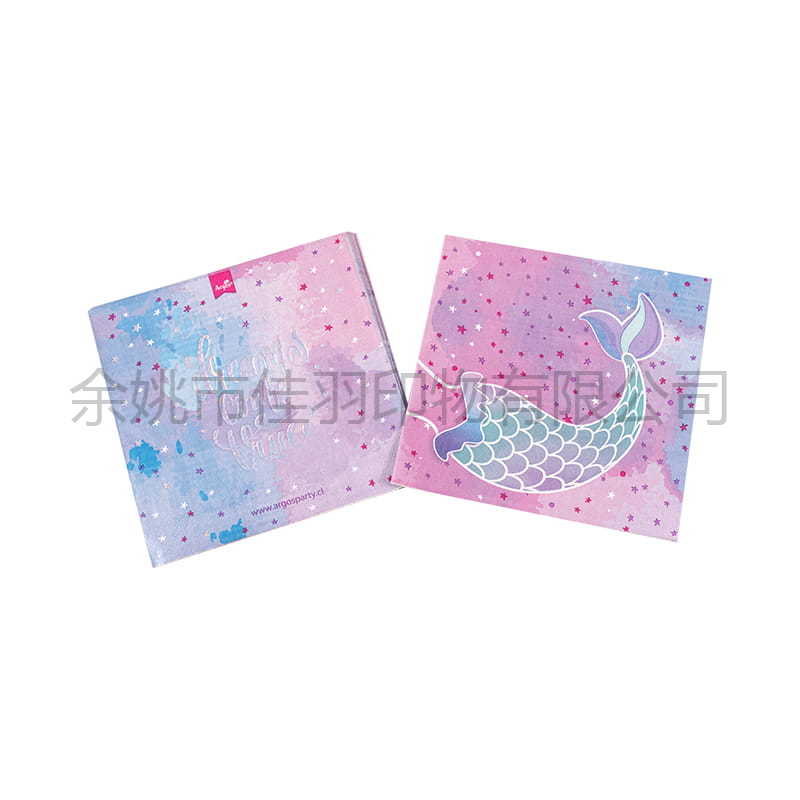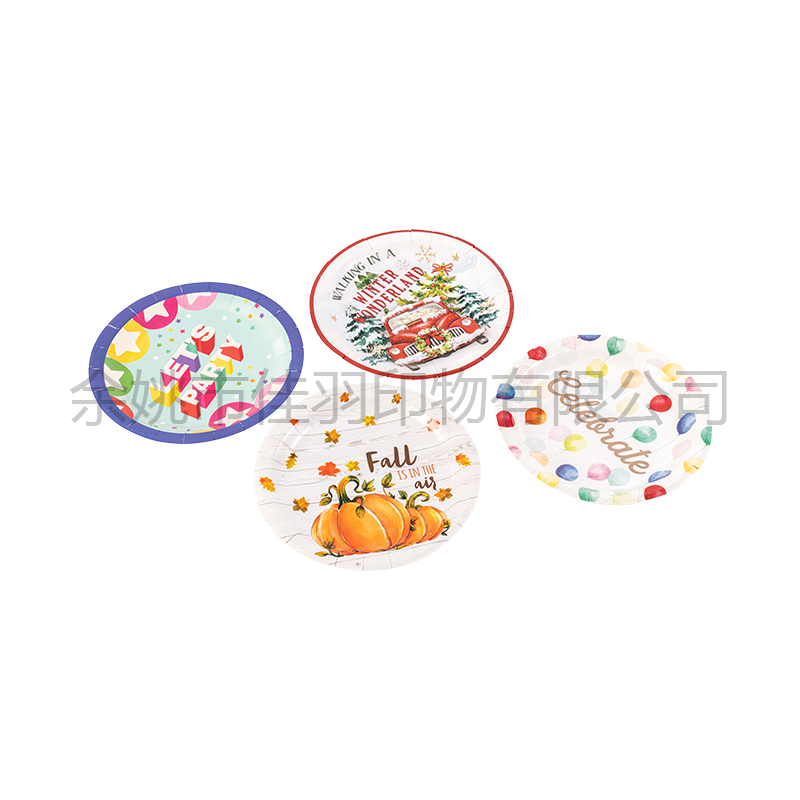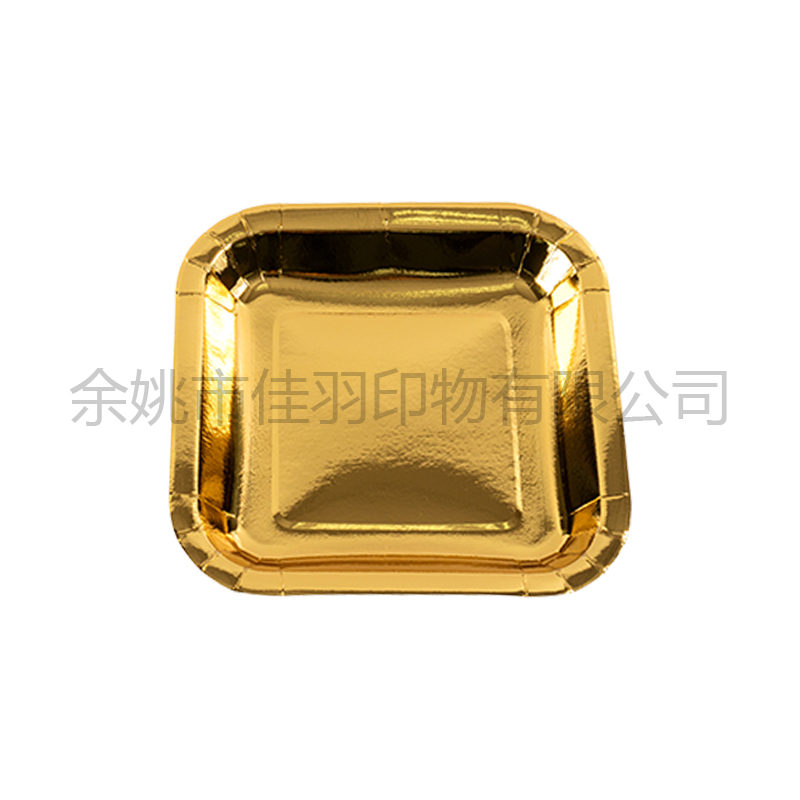With rising environmental awareness and the demands of a fast-paced lifestyle, paper cups have become a common choice for beverages, especially hot ones, in everyday life. Whether it's a hot latte at a coffee shop or hot water at the office, paper cups play an important role.
Paper Cup Structure and Safety Considerations
To understand the safety of paper cups, it's important to first understand their composition. Traditional paper cups aren't made entirely of paper. To prevent liquid penetration and provide some insulation, the inner wall of a paper cup is often coated with a thin layer of waterproof material.
Waterproof Inner Coating
Early and lower-quality paper cups may use paraffin wax or polyethylene (PE) plastic film as an inner lining. Polyethylene has a higher melting point and can theoretically withstand the temperatures of hot beverages, but there's still a risk of trace amounts of material migrating when holding extremely hot liquids.
New Environmentally Friendly Coatings
With technological advancements, more and more paper cups are using more environmentally friendly biodegradable materials (such as PLA) or water-based coatings. The performance of these new materials at high temperatures and their potential health effects are of concern to consumers and manufacturers.

Challenges Posed by Hot Drinks: Microplastics and Chemicals
In recent years, several studies have questioned the safety of hot drinks in paper cups.
A common concern is the release of microplastics. When scalding liquids (such as water over 90°C) are poured into polyethylene-lined paper cups, the plastic coating can release millions of microplastic particles in a short period of time. While the long-term health effects of these particles are still under investigation, any additional contaminants ingested warrant attention.
Additionally, other chemicals may be used in the production of paper cups, including those used for printing inks and adhesives. While legitimate food-grade paper cups adhere to strict safety standards to ensure that residual levels of these substances are within acceptable limits, high temperatures can still accelerate the dissolution or volatilization of certain chemicals. Therefore, it is crucial to choose paper cups that are less likely to contain ink and are odor-free.
How to Choose and Use Safe Paper Cups?
To maximize the safety of hot drinks, consumers can pay attention to the following:
- Look for "food grade" labels: Purchase or use paper cups clearly labeled "food contact" or "food grade" from reputable sources.
- Avoid pouring excessively hot liquids: Avoid pouring boiling water (100°C) or extremely hot drinks directly into paper cups. It is safer to allow them to cool slightly before pouring.
- Shorten the holding time: Paper cups are primarily designed for single-use, short-term beverage storage. Reducing the time hot drinks remain in the cup can reduce the risk of potential substance release.
- Pay attention to the lining material: If possible, find out whether the paper cup's lining is made of PE, PLA, or a water-based coating. This will help you determine its environmental friendliness and heat resistance.
- Environmentally friendly alternatives: In the long run, bringing your own thermos or reusable water bottle is a safer and more environmentally friendly option, completely avoiding all the potential problems associated with disposable paper cups.
Qualified food-grade paper cups meet current safety standards when used for hot drinks and can be used with confidence. However, high temperatures do increase the risk of microplastic and chemical migration. Consumers should choose high-quality products and avoid pouring extremely hot liquids into them to ensure safe drinking.
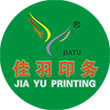
 English
English 中文简体
中文简体 Español
Español Deutsch
Deutsch

